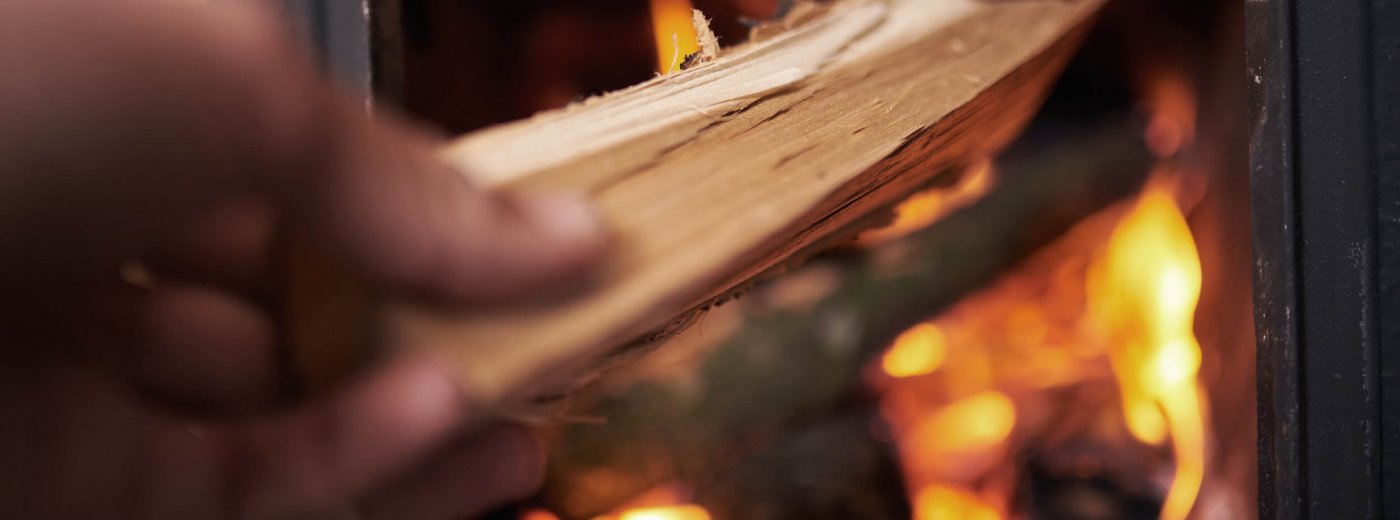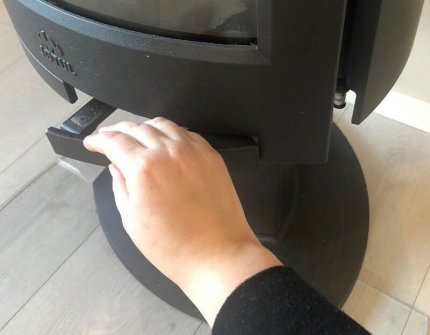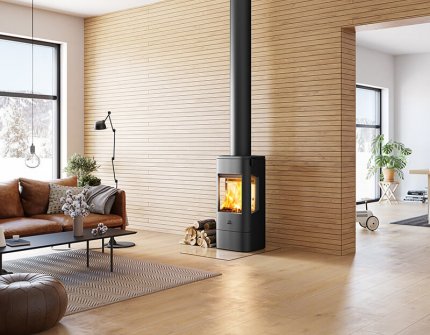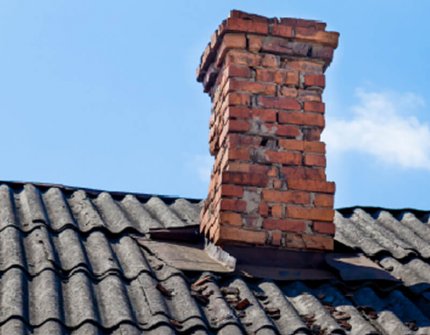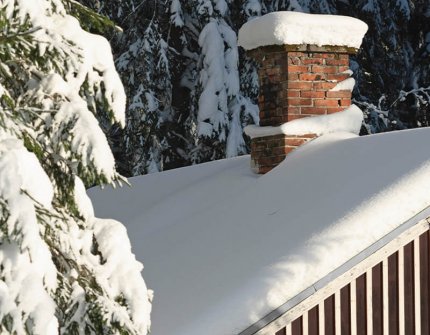Why does my fireplace smoke?
Do you sometimes find that smoke comes out of your fireplace when you put a log on the fire? There could be several reasons for this and it doesn’t necessarily mean there is anything wrong with your wood burner. We’ll explain the various possible causes and what you can do to prevent smoke escaping into the room.
